Maintenance-free bearings are designed to operate reliably over long periods without the need for regular lubrication or intensive upkeep. These bearings are commonly used in applications ranging from household appliances and office equipment to industrial machinery and automotive components. While they offer significant convenience and cost savings, their performance can still be influenced by temperature extremes and environmental exposure. Understanding these factors is crucial for selecting the right bearing and ensuring long-term operational reliability.
1. Temperature Effects on Maintenance-Free Bearings
High Temperatures:
Excessive heat can affect the internal lubricant and materials used in maintenance-free bearings. Many of these bearings use pre-lubricated grease sealed inside the bearing unit. When exposed to high temperatures, the grease can break down or lose viscosity, reducing its ability to minimize friction. Prolonged high-heat exposure may also cause expansion or deformation of bearing components, potentially leading to premature wear or failure.
Low Temperatures:
Extreme cold can increase the viscosity of the grease inside maintenance-free bearings, making the bearing feel stiff and harder to rotate. In severe cases, the lubricant may solidify, causing increased friction and potential operational delays. Bearings intended for low-temperature applications often use specially formulated lubricants to remain effective in sub-zero conditions.
Thermal Cycling:
Repeated heating and cooling cycles, common in outdoor or industrial environments, can also affect bearing performance. Thermal expansion and contraction of the bearing components may stress seals or cause slight dimensional changes, which can affect smooth rotation over time. Selecting bearings designed to withstand thermal cycling is critical for applications with frequent temperature fluctuations.
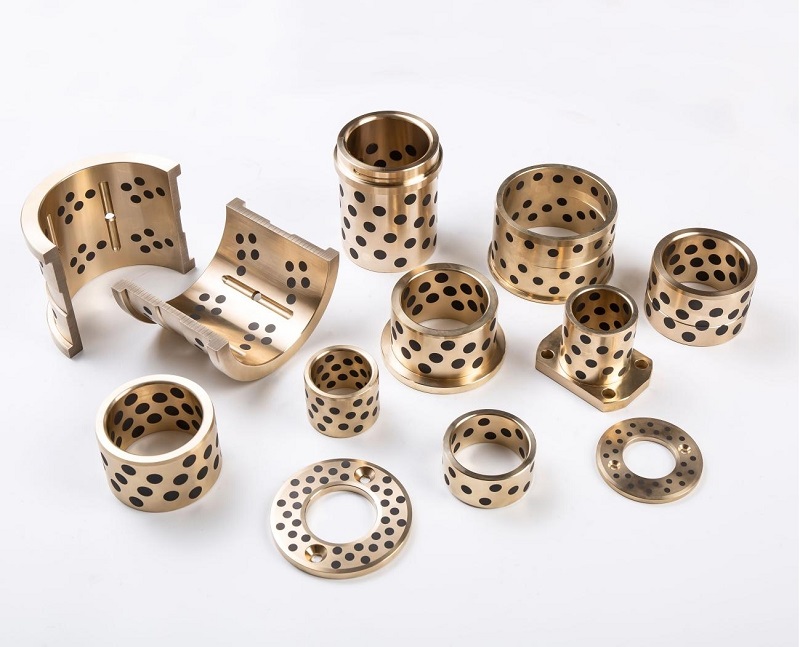
2. Environmental Exposure Effects
Moisture and Water:
While many maintenance-free bearings come with sealed designs to protect against moisture, prolonged exposure to water, high humidity, or condensation can compromise the seals. This may allow water to enter, diluting the internal lubricant and accelerating corrosion of metal components. Bearings intended for wet environments often feature water-resistant or stainless-steel materials to maintain long-term reliability.
Dust, Dirt, and Debris:
In dusty or dirty environments, contaminants can enter the bearing if the seal is damaged or insufficient. Even maintenance-free bearings are not completely impervious to abrasive particles, which can cause accelerated wear and reduce bearing life. Bearings designed for harsh environments typically include enhanced sealing, shields, or covers to prevent contamination.
Corrosive or Chemical Exposure:
Maintenance-free bearings used in industrial settings may encounter chemicals, acids, or salts that can corrode standard steel components. Selecting bearings with corrosion-resistant materials such as stainless steel or coated surfaces helps maintain performance under these conditions. The internal lubricant should also be compatible with any chemical exposure to prevent degradation.
3. Balancing Bearing Selection with Environmental Conditions
To maximize the lifespan and efficiency of maintenance-free bearings under varying environmental conditions:
- Consider the operating temperature range of the application and select bearings with lubricants rated for those temperatures.
- Evaluate the level of moisture or dust exposure and choose appropriately sealed or shielded designs.
- Use corrosion-resistant materials if the bearing will encounter chemicals or saltwater.
- Account for thermal cycling, particularly in outdoor applications, to prevent premature wear of seals and lubricants.
Manufacturers often provide specifications including temperature limits, IP ratings (for dust and water resistance), and chemical compatibility to guide proper selection. Following these recommendations ensures the bearing maintains smooth operation and reliability even under challenging conditions.
4. Advantages of Maintenance-Free Bearings Despite Environmental Challenges
Even with temperature and environmental factors affecting performance, maintenance-free bearings remain highly advantageous:
- Reduced maintenance costs due to the sealed lubricant system.
- Consistent performance when operating within recommended temperature and environmental ranges.
- Improved lifespan compared to standard bearings that require frequent lubrication.
- Flexibility in design, as these bearings are available in various materials and sealing configurations for specific conditions.
Conclusion
While maintenance-free bearings are designed to operate without regular lubrication, their performance can be influenced by temperature extremes and environmental exposure. High or low temperatures, moisture, dust, and chemical exposure can all affect the internal lubricant, seals, and bearing materials. By understanding these factors and selecting bearings with the appropriate lubricant type, sealing, and material composition, users can ensure long-lasting, reliable operation even in demanding conditions.
Proper selection, installation, and awareness of environmental limitations allow maintenance-free bearings to deliver their core benefits: reduced maintenance, durability, and operational efficiency.




 English
English Español
Español
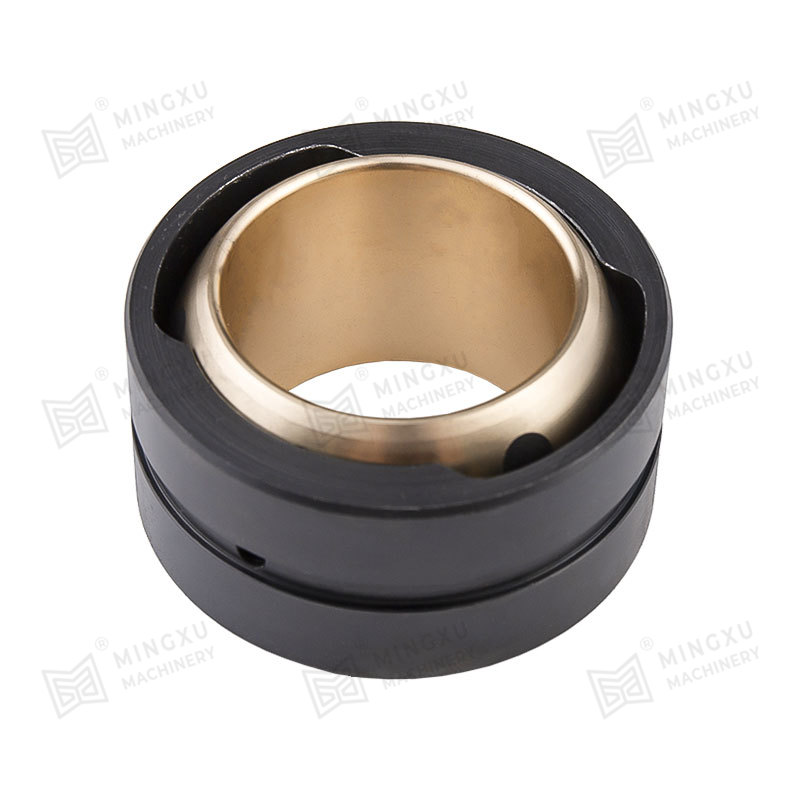
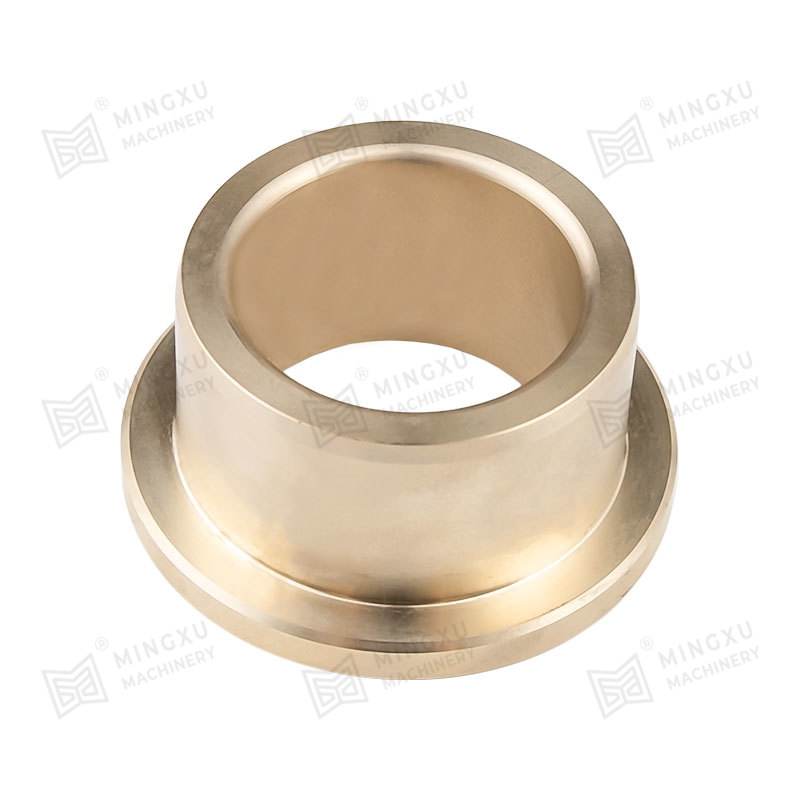
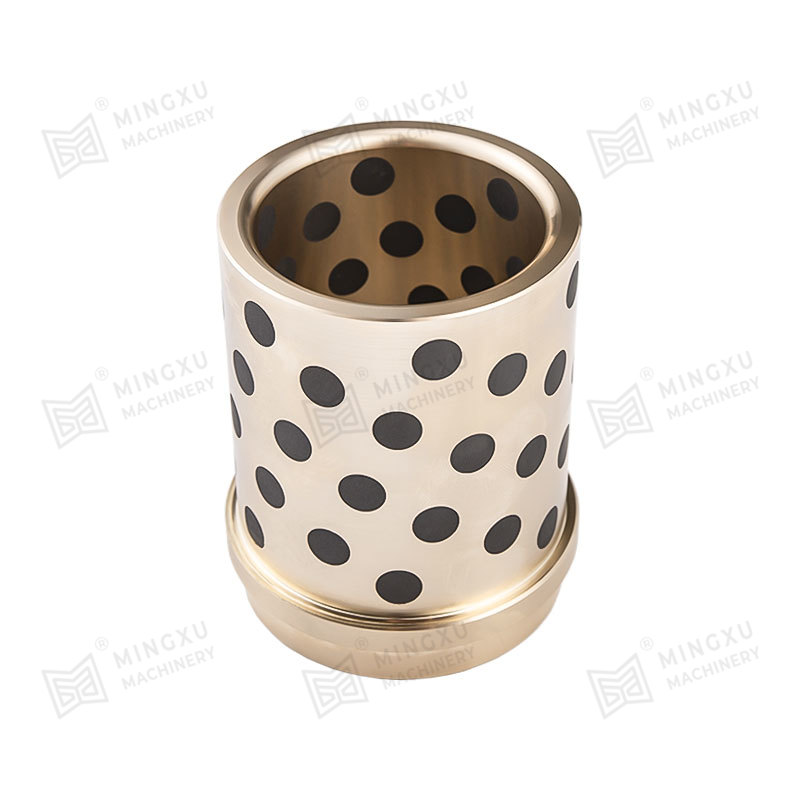
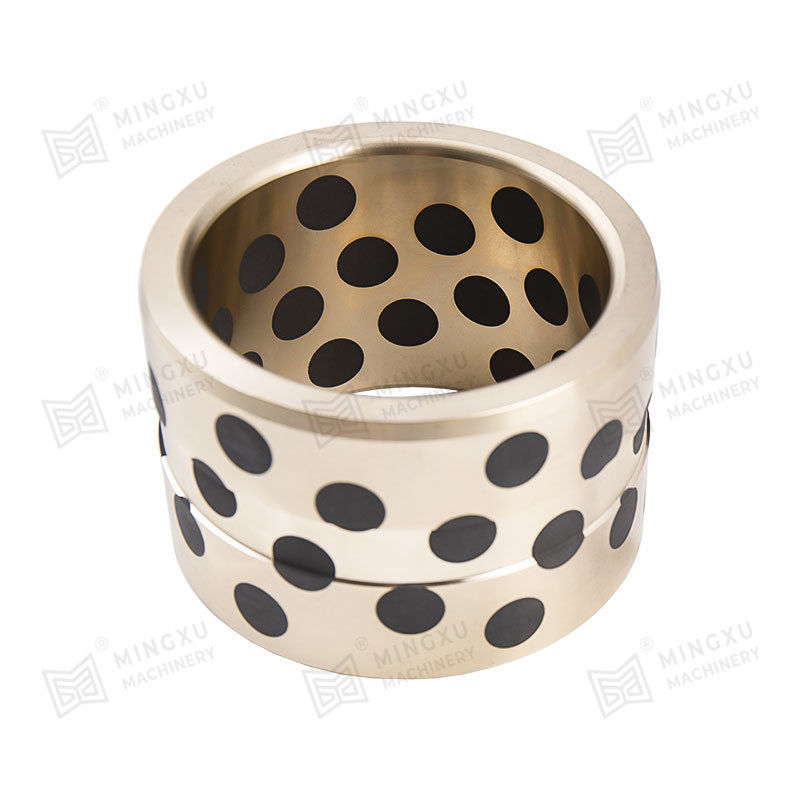
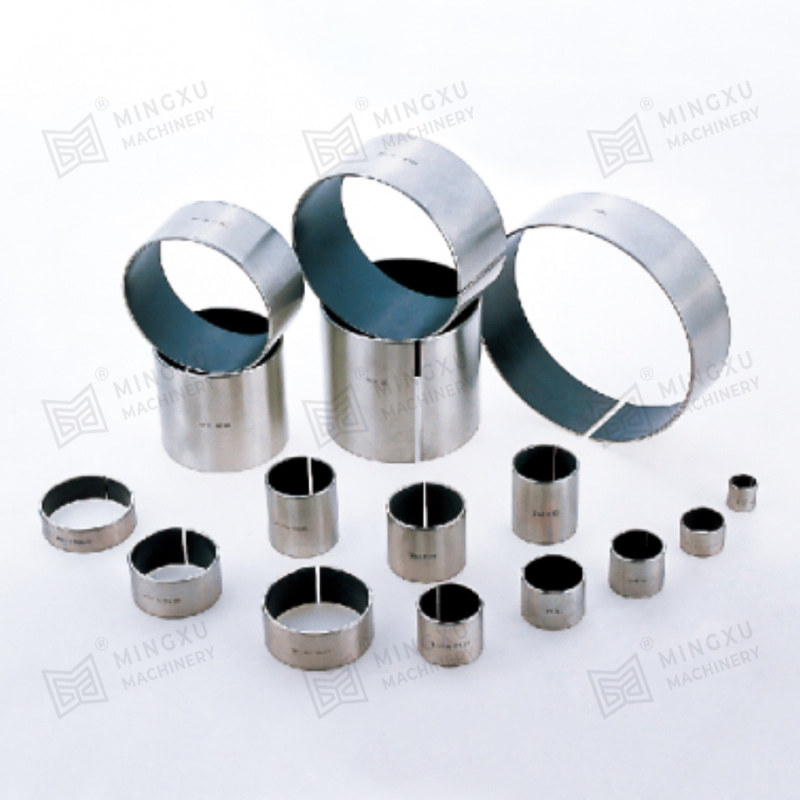
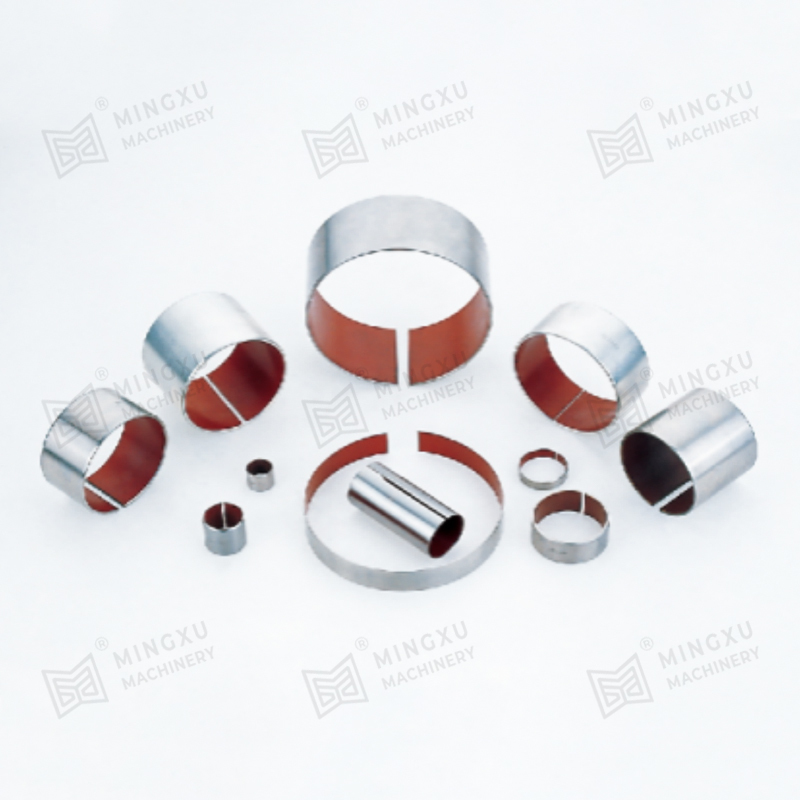
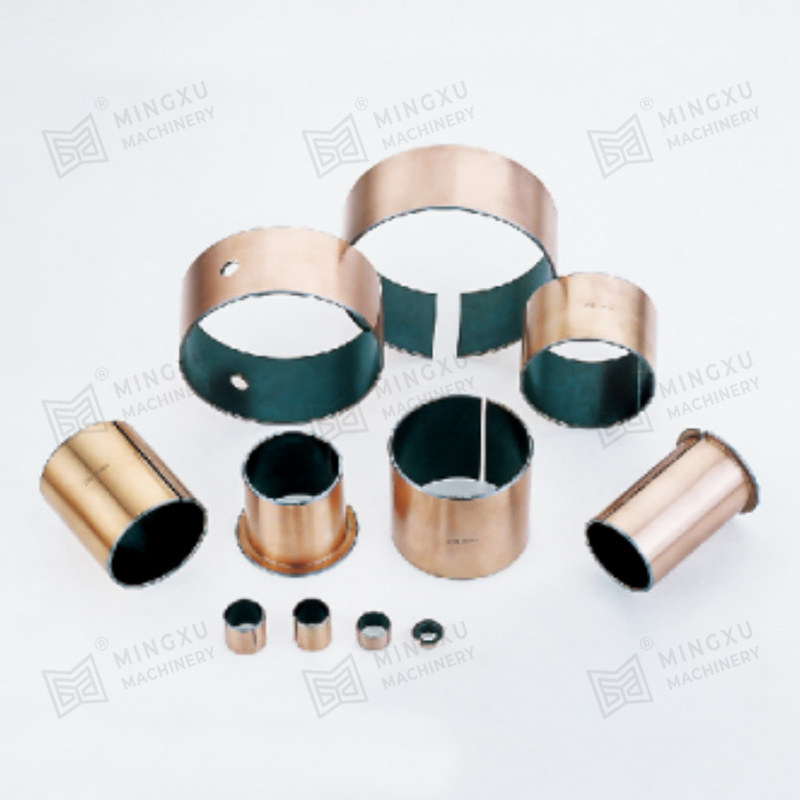
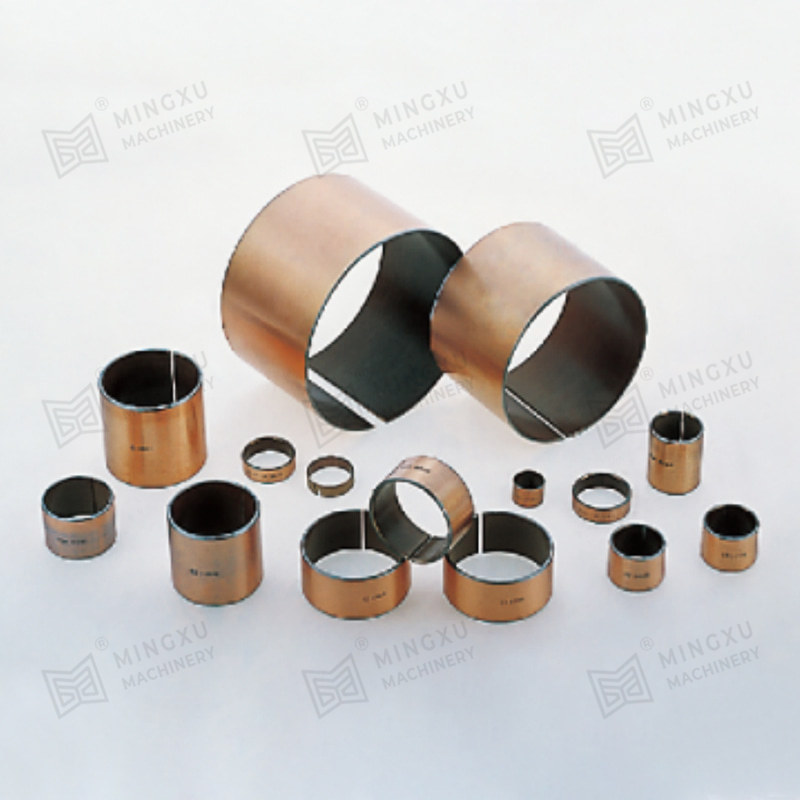
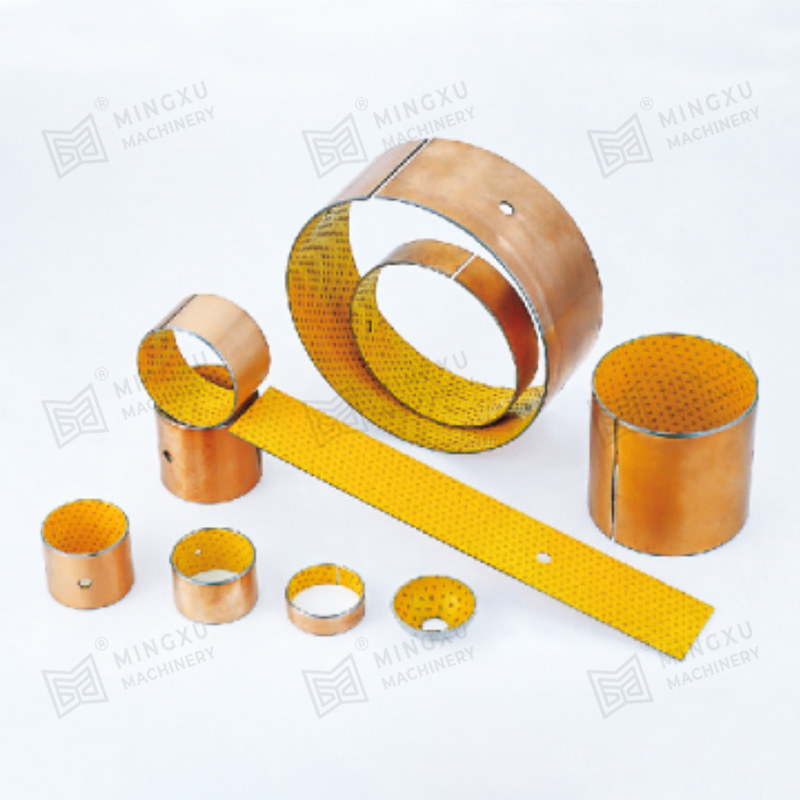
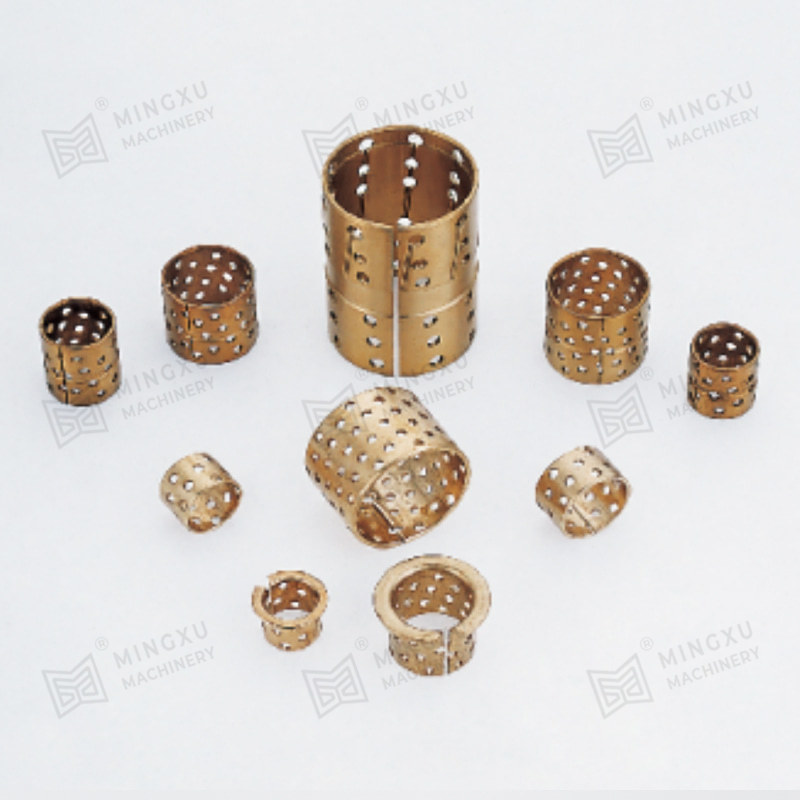







Contact Us